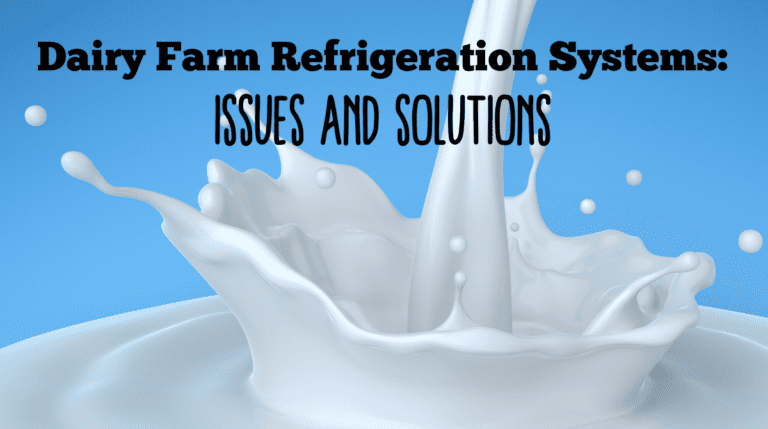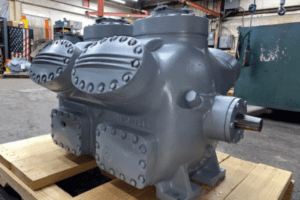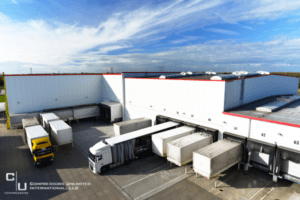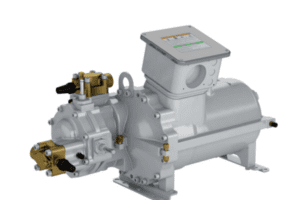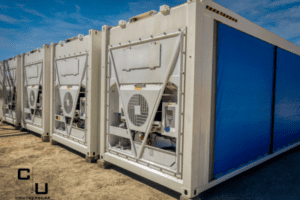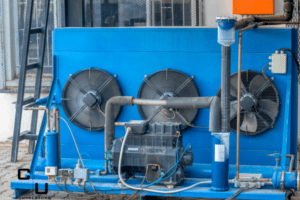Sometimes we are to blame, and other times it’s the refrigeration system. Here are some common problems among dairy refrigeration systems along with some possible solutions.
1. Undercharging the Milk Tank
Undercharging occurs when the refrigeration system is running on less refrigerant than the levels it is supposed to.
Here are some indications of an undercharged milk tank:
- The compressor runs longer and generates more heat
- There is a drop in discharge and suction pressures.
- Relatively low readings by the condenser
- The compressor yields low ammeter readings
- The milk in the tank feels warmer than usual
In many cases, refrigerant leakage is the cause of undercharging in dairy refrigeration systems. Refrigerant leakage can occur anywhere from the shaft seal to the evaporator.
Solution: Trace for the source of the leakage. Clean the driers and filters. Replace the lost refrigerant with the appropriate refrigerant. Refer to the manufacturer’s specifications.
2. Overcharging the Milk Tank
Overcharging occurs when the refrigeration system is running on more refrigerant than it can handle. As a result, your bulk milk tank will have an abnormal start and stop sequence. You may also notice high discharge and suction pressures. The dairy refrigeration system will also show high condenser readings.
Cause: Overcharging occurs when you refill your refrigerant past the manufacturer’s limit. It may also happen when air gets into the refrigerant line.
Solution: If the cause of the issue is excess refrigerant, drain the extra. If the problem arises from the air in your system, drain the refrigerant and pump out the air.
3. Air Within Your Dairy Refrigeration System
Air could bring a lot of issues to your refrigeration system. Air can cause your compressor to run for more extended periods and overheat. Air can cause high discharge pressures. The humidity in the air can lead to a frozen expansion valve.
Cause: Air gets into the system while charging. When charging with freon, air may seep in through the suction lines.
Solutions: Drain the refrigerant then pump out the air. Check the refrigerant levels and refill them appropriately.
4. Oil in the Refrigeration System
You may notice that the temperature in your milk tank is not dropping as usual, or the milk is not cooling fast enough. You may also notice some frost on the suction lines. You may be having some oil in your dairy refrigeration system.
When oil leaks into the system, you may notice a drop in refrigeration levels. Oil may cause your compressor to run for extended periods.
Cause: A malfunction in the oil separator, worn-out compressor linings, or defective pistons could allow oil to leak into the refrigeration system.
Solution: Trace the cause of the leak. For defective oil separators, seek an appropriate replacement. Drain the evaporator coil then clean any traces of oil. For frozen suction pipes, increase the condenser and evaporator temperature differentials.
5. Refrigerant Flooding
When the liquid seeps back to the suction channels of the compressor, you may have a case of refrigerant flooding. Refrigerant flooding is often the result of faulty expansion valves. It may also arise when you do not adjust the expansion valves correctly.
Other causes of refrigerant flooding include leakages at the solenoid valve and overcharging your dairy refrigeration system. If not corrected, flooding may lead to frozen evaporator pipes and damage to the compressor.
Solution: In the case of an overcharged system, drain the excess refrigerant. Check for any faults at your expansion valves; adjust accordingly. Correct the leakages, if any, at the solenoid valve. If frozen, defrost your evaporator coils with a blow torch.
Conclusion
Your milk cooling tank is a crucial part of the milk production process. Any problem in your refrigeration system could force you to discard thousands of gallons of milk.
Like any other refrigeration system, milk coolers are machines and could break down at any time. Sometimes we cannot avoid these malfunctions, but we can significantly reduce the occurrence of breakdowns with regular maintenance.
At Compressors Unlimited, we offer a wide range of remanufactured refrigeration compressor options including the Copeland 4DK250ETSK and 3DS3A150ETFC models.

